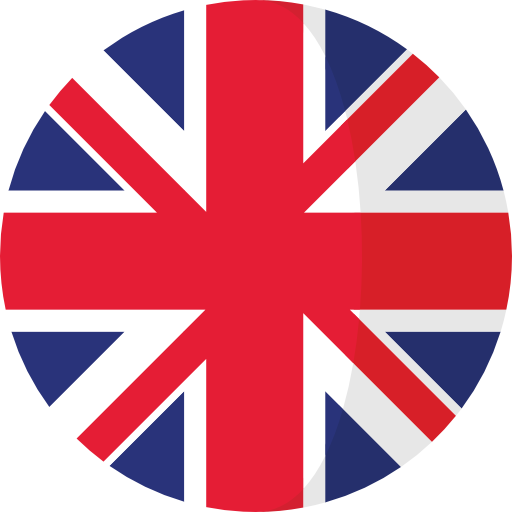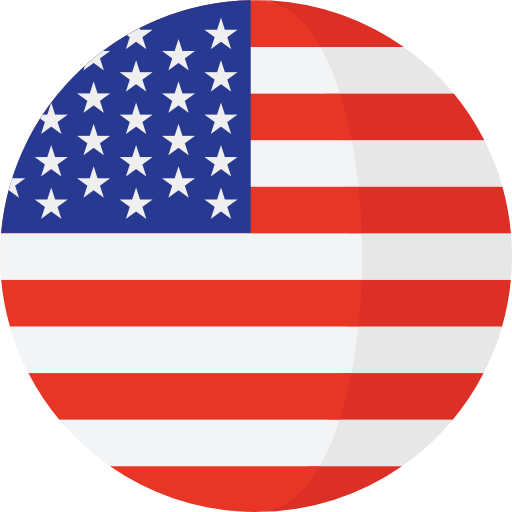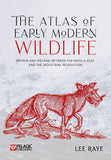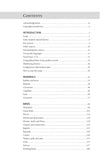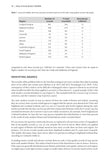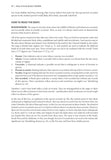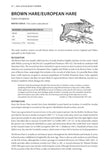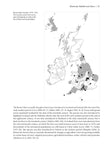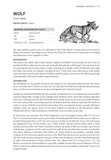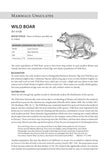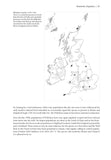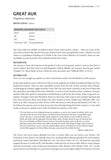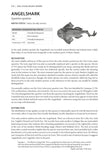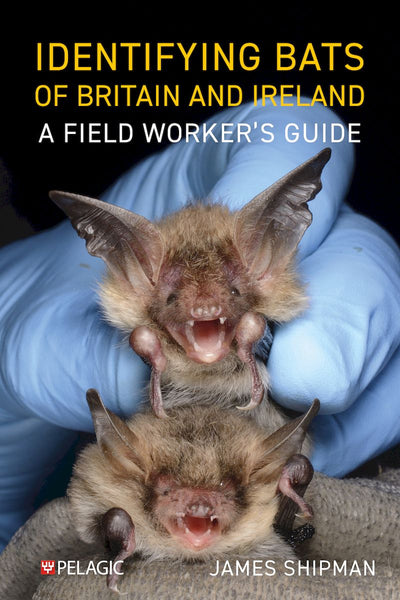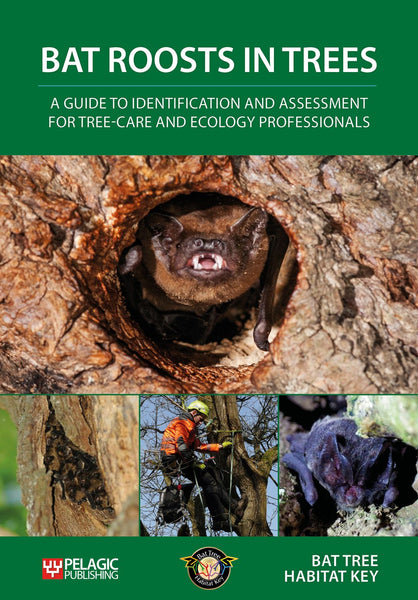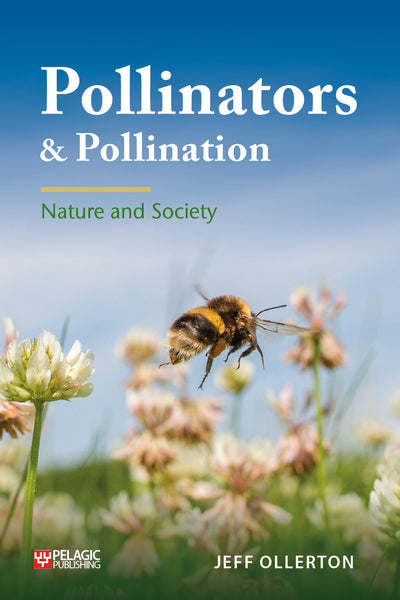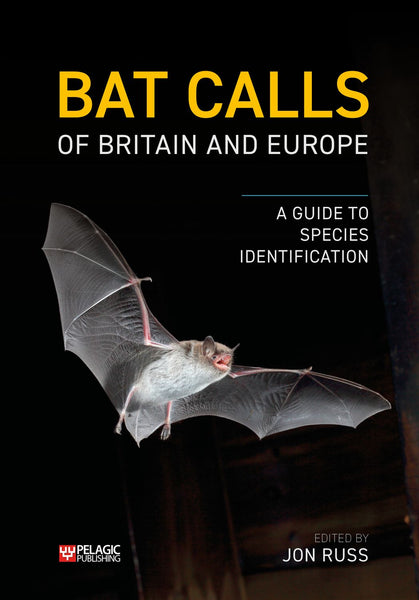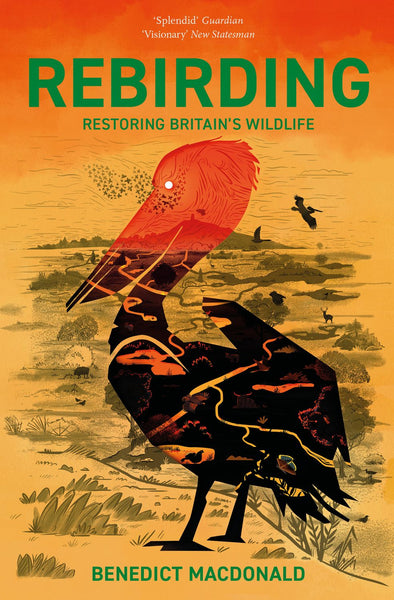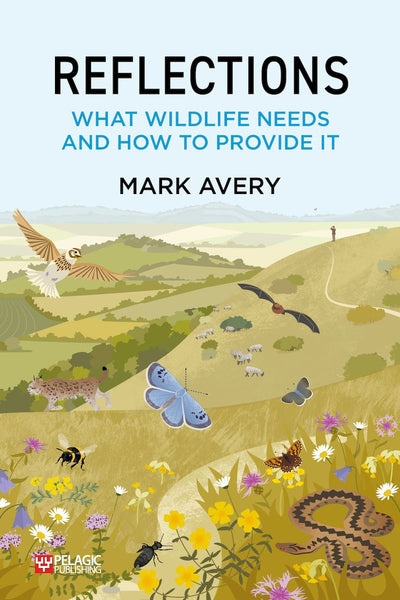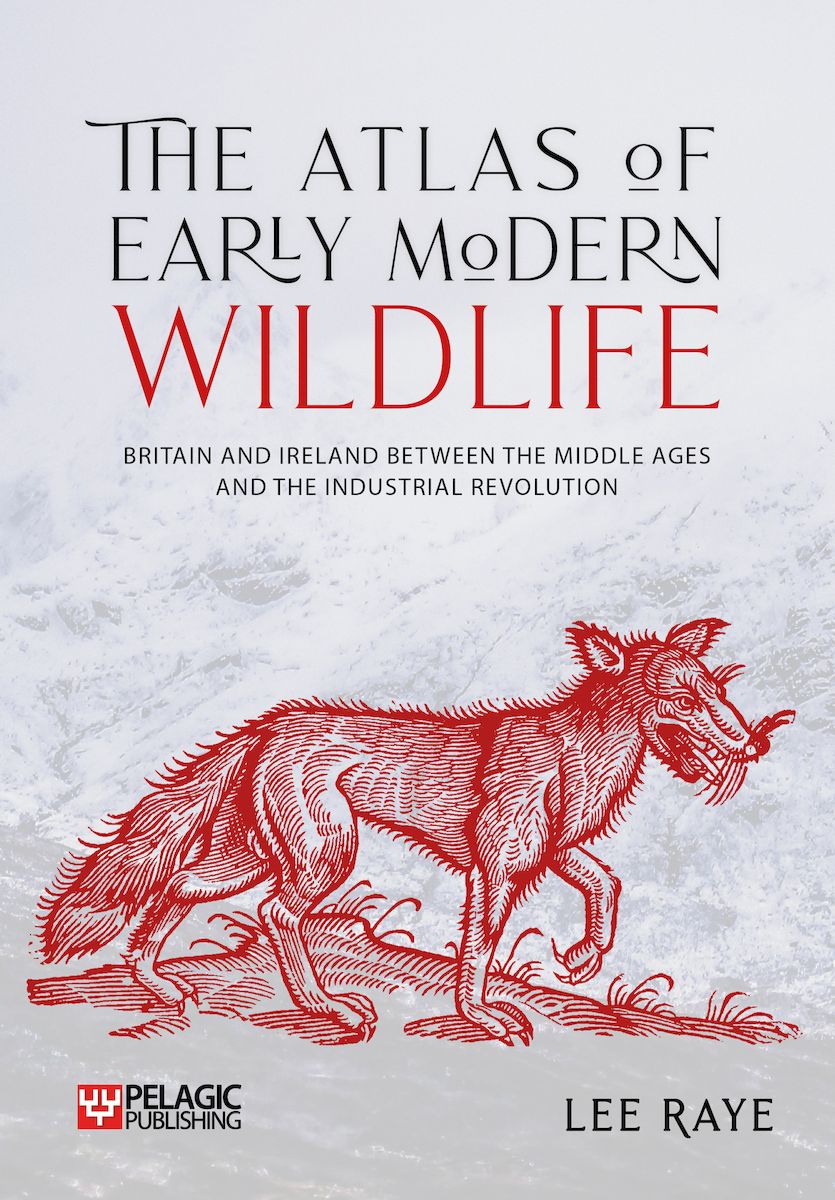
The Atlas of Early Modern Wildlife
Britain and Ireland between the Middle Ages and the Industrial Revolution
- Provides maps and analysis of the early modern distribution of more than 150 species.
- Gathers observations by amateur naturalists, travellers and local historians from the sixteenth to eighteenth centuries for the very first time.
- Derived from over 10,000 records from over 200 primary sources.
- Indispensable for historians of natural history, environmental historians, and anyone interested in heritage and the natural world in Britain and Ireland. Valuable also for analysis of past taxonomy. Highly recommended.
—Anna Marie Roos, Professor of the History of Science and Medicine, University of Lincoln
- archaeology
- British Isles
- natural history
- palaeozoology
- zoology
Description
Shortlisted for the Marsh Book Award
What was the state of wildlife in Britain and Ireland before modern records began? The Atlas of Early Modern Wildlife looks at the era before climate change, before the intensification of agriculture, before even the Industrial Revolution. In the sixteenth to eighteenth centuries, beavers still swim in the River Ness. Isolated populations of wolves and lynxes linger in the uplands. Sea eagles are widespread around the coasts. Wildcats and pine martens remain common in the Lake District.
In this ground-breaking volume, the observations of early modern amateur naturalists, travellers and local historians are gathered together for the very first time. Drawing on over 10,000 records from across Britain and Ireland, the book presents maps and notes on the former distribution of over 150 species, providing a new baseline against which to discuss subsequent declines and extinctions, expansions and introductions. A guide to identification describes the reliable and unreliable names of each species, including the pre-Linnaean scientific nomenclature, as well as local names in early modern English and, where used in the sources, Irish, Scots, Scottish Gaelic, Welsh, Cornish and Norn.
Raising a good number of questions at the same time as it answers many others, this remarkable resource will be of great value to conservationists, archaeologists, historians and anyone with an interest in the natural heritage of Britain and Ireland.
DOI: 10.53061/DDBT1693
Table of Contents
Acknowledgements
Copyright permissions
INTRODUCTION
Scope
Early modern natural history
Key sources
Other sources
Interpreting the sources
Vernacular languages
Trend since 1772
Geographical bias of top-quality records
Identifying absence
Comparison with modern data
How to read the maps
MAMMALS
Rabbits and hares
Rodents
Carnivores
Ungulates
Seals
Cetaceans
BIRDS
Waterfowl
Game birds
Divers
Petrels and shearwaters
Herons, storks and ibises
Gannets and cormorants
Raptors
Bustards
Cranes
Waders, gulls and auks
Owls
Falcons
Perching birds
FISHES
Lampreys
Sturgeons
Carps
Pikes
Smelts
Salmonids
Perches
Sharks
Skates and rays
Eels
Herrings
White Fishes
Anglers
Mullets
Gurnards
Sandeels
Bass
Open-water Fishes
Flat Fishes
AMPHIBIANS AND REPTILES
Amphibians
Reptiles
INVERTEBRATES
Molluscs
Crustaceans
Echinoderms
CONCLUSIONS
Overall analysis
Groups that have expanded their range
Groups that have reduced their range
Problems with using the Little Ice Age as a baseline
References
Index and glossary of species names
Reviews
- Indispensable for historians of natural history, environmental historians, and anyone interested in heritage and the natural world in Britain and Ireland. Valuable also for analysis of past taxonomy. Highly recommended.
—Anna Marie Roos, Professor of the History of Science and Medicine, University of Lincoln - A stonker of a book.
—Iolo Williams, naturalist and TV presenter - Our wildlife is in a state of flux. Spend time with this book and you will see how much we have already changed it. There is a treasure trove of information here, with meticulously researched maps and a detailed, highly readable text. I had no idea there were ‘citizen science’ wildlife surveys in the seventeenth century. Now, along with a wide range of other sources, they have been put to good use in this wonderful, absorbing book.
—Ian Carter, author of Rhythms of Nature and The Hen Harrier’s Year - This book is a treasure trove for the curious naturalist and the next best thing in the absence of a TARDIS for discovering our wildlife of days long past. Lee's exhaustive research has paid off to create a tome that I'm sure will be a key reference text for ecological historians and nature restorationists alike.
—Pete Cooper, naturalist and wilding ecologist - A well researched book that produces some real surprises. While it impossible to fully comprehended the wonder that was once our natural world this work demonstrates a little of its lost splendour. A must have for every natural history library of any size.
—Derek Gow, author of Bringing Back the Beaver - This is a work of scholarship and I for one am very grateful that the author carried out all this work and presented the results so clearly.
—Mark Avery, environmental campaigner and author of Reflections - The book delves deeply into the writings of old naturalists, clergymen, poets, travellers and antiquarians – and the results are comprehensive and fascinating.
—Inkcap Journal - Raye has managed to write a book which is authoritative and well-researched while maintaining an engaging writing style which makes it an attractive read... as a work which analyses the records of British and Irish wildlife in the early modern period, and does it in an accessible and interesting way, The Atlas of Early Modern Wildlife deserves high praise.
—Neil Fairley, BNA News Bulletin - A truly masterful work that proved to be a compelling read about species from a long-forgotten era. It is well-researched, well-written and deserves to be well- read by modern naturalists, environmental/natural historians and anyone interested in our heritage and the natural world. The publishers have described this Atlas as ‘ground- breaking’, and I admit to having been very sceptical at first, but they are certainly not exaggerating with 21st century marketing ‘spin’. I can unreservedly recommend this unique Atlas to all members as both an interesting and valuable addition to their bookshelves.
—Clive Herbert, The London Naturalist - I was looking forward to reading this publication, but even so I enjoyed it more than I expected. Mapping out the status and distribution of our wildlife from centuries ago is no mean feat, but Raye has produced a hugely informative and fascinating publication here, with a long list of references (28 pages!) testament to their thorough research.
—Ed Stubbs, Birdguides - A fascinating tale from naturalists, travellers and historians about the wildlife recorded between the Middle Ages and Industrial Revolution... It's an enjoyable read and an excellent introduction to historical ecology.
—Dr Paul Ganderton, The Niche - I have been both impressed and surprised by the breadth of species Dr. Raye has been able to find observations for that justify their inclusion in the book... a fascinating work.
—John E. Riutta, The Well-read Naturalist - This book adds information about the distributions of a wide range of animals in this formative period in our history, providing a most useful historical baseline.
—Andrew Lack, IBIS - This interesting, well-written book is a most valuable resource that results from a huge, widely researched project for which Lee Raye is to be greatly commended.
—Mark Holling, Scottish Birds - There is a great deal of valuable information in this book. Many of the species chapters are fascinating and insightful... I was genuinely enlightened.
—Michael Scott, Conservation Biology - ...a volume of critical scholarship encompassing a breathtaking range of material about early modern wildlife... an analytical compilation which deserves to be greatly admired.
—Eric L. Jones, Agricultural History Review - This is an undoubted labour of love that, despite all the difficulties of interpreting historical records, makes for a wonderful read.
—Tony Payne, The Glasgow Naturalist - What a fascinating book! ...this reference volume will be of great value to conservationists, archaeologists, historians and anyone with an interest in the natural history heritage of Britain and Ireland.
—Marsh Book Award judging panel
About the Author
Lee Raye is an associate lecturer at the Open University and a Fellow of the Linnean Society specialising in the history of wild animals and plants in pre-industrial Britain and Ireland. Their translation of Robert Sibbald’s (1684) Wild Plants of Scotland and The Animals of Scotland was published in 2020.Bibliographic Information
 408 pages
408 pages - 150 b&w illustrations, 150 maps, 7 graphs and tables
- BISAC SCI070000, SCI054000, NAT037000
- BIC PSV, RBX, WNC

